No products in the cart.
Return To ShopJust a Teeny Interview!
Just a Teeny Interview!
A Journey Through Life and Fly Fishing with Jim Teeny
Introduction: Jim Teeny has been a passionate fly fisherman for almost his entire life. Now in his senior years, Jim looks back on decades of global travel that have taken him to some of the world’s most beautiful and remote fishing spots, from Patagonia to Bali. Jim’s story is one of discovery and adventure – and a reminder that age is just a number when it comes to living your dreams!
Blog Outline:
1. Jim’s Early Years With Fly Fishing
2. Jim’s Favourite Fishing Spots Around the World
3. How Fly Fishing Has Changed Jim Over Time
About Jim’s Early Years with Fly Fishing: Growing up in a small town in New Mexico, Jim learned to fly fish from his father at an early age. Jim describes his first time on the river as a life-changing experience that opened up a whole new world of adventure and discovery. Jim quickly became passionate about learning all he could about fly fishing, and soon found himself travelling the globe in pursuit of ever larger catches.
About Jim’s Favourite Fishing Spots Around the World: Jim has fished in some extraordinary places around the world, including Patagonia, India, South Africa and Bali. He remembers each place fondly for its unique scenery and challenges. When asked what makes these places special, Jim stresses it’s less about catching big fish than it is about the beauty and tranquillity of the landscape.
How Fly Fishing Has Changed Jim Over Time: Jim reflects that fly fishing has been a major part of his life for so long, it’s hard to separate himself from it. He credits it with teaching him about patience, focus and humility – qualities he feels have served him well over the years. Jim also talks about how fly fishing has kept him active in old age and allowed him to continue exploring the world even as an (almost) octogenarian.
Conclusion: Jim Teeny’s story is one of adventure, discovery, and passion. Through decades of travel around the world, Jim has come to understand what makes fly fishing special to him and how it has changed him over time. Jim’s account of his experiences provides us with an inspiring reminder that it’s never too late to pursue your dreams and make the most out of life!
Video Transcription:
Hello, everybody. It’s Donnie with Firefly Fishing Podcast. And today I am thankful enough to to have the wonderful Mr. Jim Teeny on. Welcome, Jim.
Hey, Donnie. Thanks for having me. It’s nice to. Always nice to visit with you. Yeah.
Thanks for agreeing to come on this this modest little show. So I don’t know if everybody knows who you’re not, but you’ve certainly been in the industry for a long time. Since before I was actually born. You’ve been quite a pioneer in the industry. You’ve pioneered fly lions and flies themselves, and you’ve been very industrious in sport. Just about anything that you could probably find a problem you’ve you’ve got to fix for like the fishing hand and the rod holder on the on the belt. And, you know, certainly your five lines of for basically ingenious. Can you tell us what you can of what you’ve provided as far as value in the fly lines? Well,
you know, the the fly lines, just to go back on a bit of history before I got into that, because we didn’t come out with our fly lines until 1983. So but prior to that, you know, I was like most anglers, you know, if you didn’t find the line you wanted, you often would cut or splice or do things together, but consequently you had a not you just couldn’t get away from some kind of a not there like the shooting head to the running line. Ah the, you know, the floating to the head. And that was always a problem because if for any reason you strip that in too far, then you went to cast again. Sometimes the not would hang up on one of your guides and then, you know, so you always had to visually know and see where the knot was coming and have it out beyond your rod tip. And that really bothered me. And then plus, I remember losing a couple of really big steelhead because the knot failed at the shooting head. And a long story short on this one, I approached scientific anglers and I said, Why don’t you just make a shooting here with a built in running line, make it all one piece from the factory, because I know I could sell a lot of them for you. Wasn’t even thinking about ten. They came back to me and said, Well, we don’t think we can make it. We don’t think it will work. Well, I knew better because I had been building them, and so I laid low for probably 5 to 6 years and watched technology get better than I re approached them and I said, But I’m going to give you my designs, but I don’t want you to make them for anybody else, you know, for you or Ms. or anything like that. And they agreed on that. So but that but in order to private label way back then, you had to order a thousand lines minimum, you know, for a year which is a lot of lines on something that’s a whole new concept in fly fishing. We we thought about it for a while and I said what I said to Donna is I think we should do it. And we did it. And we sold almost 4000 lines our first year. Wow. Yeah, it was it was pretty off the charts how well it took off. And and then it’s just, you know, I mean, we’ve we’ve risen to the top and we’re down a bit and then we go back up and now are sinking without question. Or the most copied sinking lines in the world. What we started and they called it now integrated lines the fault line in the in the head or all one piece in the factory.
But it it’s a major improvement over the loop systems where you know you loop the head to the to the running line this this is this is more more scientific when you think about going from floating to sinking and the transition is smooth, it’s perfect and perfectly balanced. You you don’t worry about anything. You see visually the color change coming. You know, when you can roll up to the surface, you know, when you could lift it up, come back for a single pulse gas and then just shoot the line. I mean, it’s their machines right now. As
far as the presentation. Step two, it never really made sense to me to have, you know, kind of a hinge in the line. It seems like that’s always been kind of a clunky thing as far as presentation is concerned.
Oh, yes, I agree. I agree with you, Don. It’s just smoothness. So so for a lot of people that don’t know our heads from the beginning to the end are all the same diameter.
All the same weight they turn over and they’re so smooth and they sink evenly and there’s no tip lag. And just they just they just pre, you know, cast layout and they sink and they swing nicely.Uh huh. Yeah. I’ve fished on before and they’re wonderful lines. Everything from your little sinking lines to your to your many tips. They’re they’re all great lines. Well, thank you. Yeah. So how, how long have you been five fish. When did you start fly fishing?
Oh, I started. I think I started when I was 12 years old. My good friend Jim Bagley, I went to visit him in Bend, Oregon, because we lived in Portland and he was my best friend then. And then he moved with his mom and dad and and he showed me how to tie flies. And I said, Wow, that looks cool. So I went to Bob’s Sporting Goods and Bend, Oregon, and and I, I bought a bison feathers and started by him. And that’s when I was 12 years old. And and now I’m 77. So that’s 65 years of time flies. And thank God I’m still doing it. I mean, I love it. I enjoy it. It’s fun to be creative and. And then I came up with the the teeny nip pattern back in May of 1962. And that’s what launched our whole entire business. Because once this fly, I mean, it worked like crazy on trout, but I mean, that’s what I thought it was just a proud boy. But I soon found out it worked on everything but and then I kept it a secret for nine years. Then July one, 1971, we started our business and it was just with the T.M..
So you started in 1971, right? Yes. So talk to me about how you got into the out into the field, a professional profession. Was there like a mentor or something that that kind of took you under the wing or. Well, I just had a couple of buddies that that I had fished with. Don Anderson is one, and we were out at the Forks, Washington, on the Olympic Peninsula, and we were steelhead winter fly fishing. And there were three or four attorneys that were there, and they were patent attorneys. And one thing led to another. We just got to talking with them and everything. And and and I and my buddies, they said, Jimmy, you really need to do something with your fly because it’s deadly in you know, a lot of people would like to use it. And you said you should try to patent it. So I talked to Ken Clark West and I said, So Ken, I says, Can you fly? And he says, Well, if it’s different enough. And I said, Well, I think mine is it’s made with one another, you know what I mean? And the whole thing. And and so I went in when we got back to Portland, because they were based out of Portland also, and went in there. And then I applied and ultimately got to design patents and one mechanical, which is a step by step, and that’s what launched the business was the fly. And it was back then in 1971. Hmm.
Thinking back, how many flies, individual flies do you think that you’ve sold over the over that, of course, of time? Well, I can tell you there’s probably several million. Yeah, I mean, seriously, you know, and because one time we. What do we have? 15, maybe 15 tires. Now it’s just really daunting. And I guess we kind of kick back a little bit. We’re not just, you know, cranking out, although we’ve got 160 days in order. We’re going for Rainbow King Lodge up in Alaska for Sockeyes, which are coming up this coming season. But I don’t know. I think we’ve sold several million dollar collectibles that she’s tied up a million and more. She probably has Donna sitting next to you, Donna. You want to say hi real quick? Come on in here.
Yeah, I love it. Is she around here? Yeah. She’s listening and smiling.
So just. Just for everybody to know, I’ve actually had the pleasure of being able to fish with you and with Donna as well. And what a delight it is just to just to be around you guys. You’re very, very pleasant. I’ve never heard you say anything negative about anybody, really. And you’re just awesome to be with and great fly fishers and you’re very pleasant to be around, so. Well.
Well, thank you, Donny. We feel the same about you and Kelly. Yeah, Just being able to be around you guys and fish with you, laugh with you and have fun and eat with you. Just, I mean, everything was perfect. For more information, watch the full video!
Related posts
Fly Fishing for roosterfish is not an easy endeavor, but it is well worth it, this is why! Continue reading
What would the World of Fly Fishing Look Like if Elon Musk Was a Fly Fisher???!!! I know that he would love roosterfish on the... Continue reading
The full story of our Jungle Tarpon Fly Fishing adventure of 2023 Continue reading
Roosterfish fishing in Baja, California has long been revered as an exhilarating pursuit that tests the skills and patience of anglers. While fly fishing purists... Continue reading
The season is upon us! There are plenty of roosters around, but this last week proved less opportunity than most. Still plenty of fish, and... Continue reading
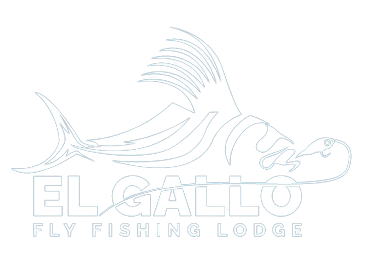
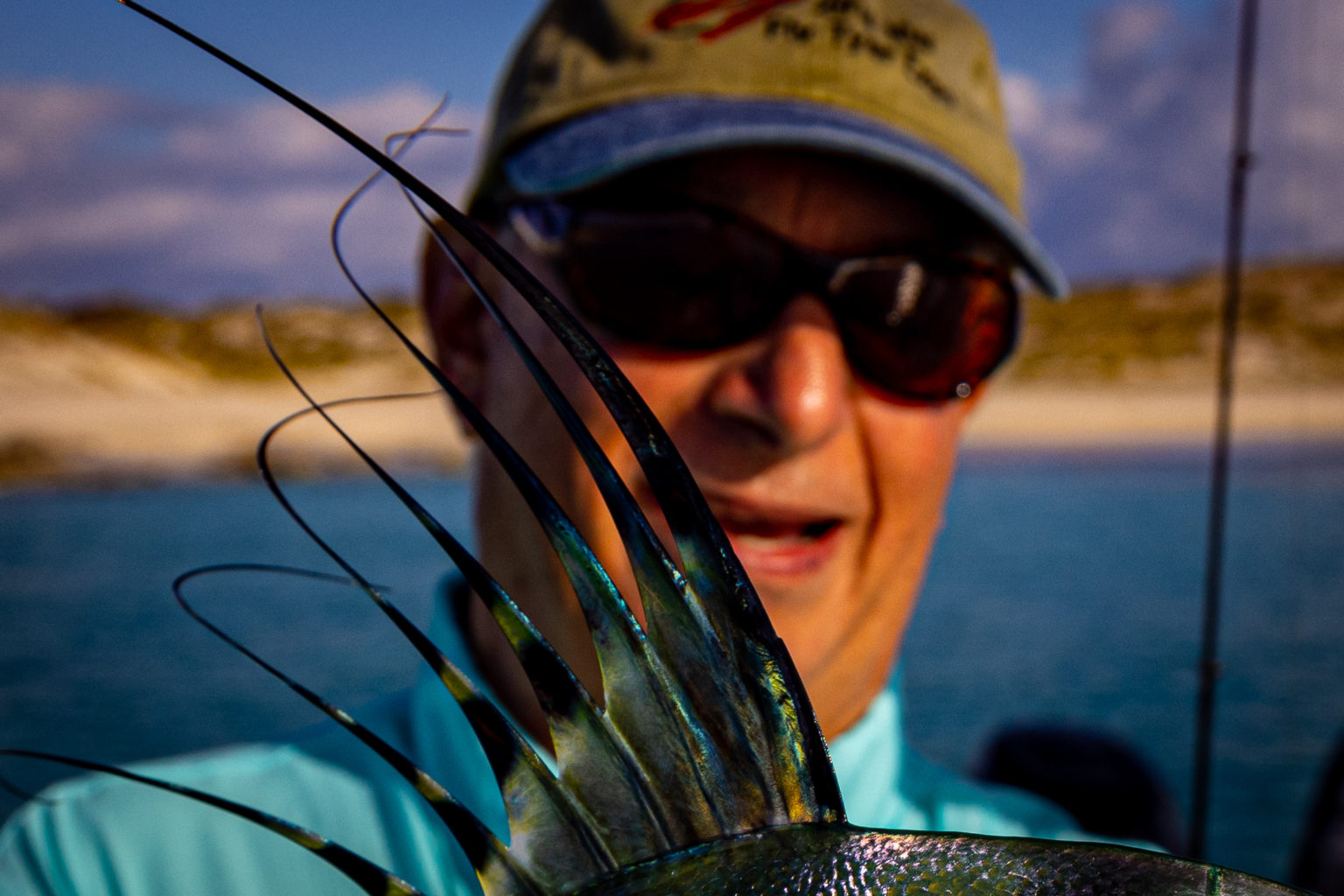
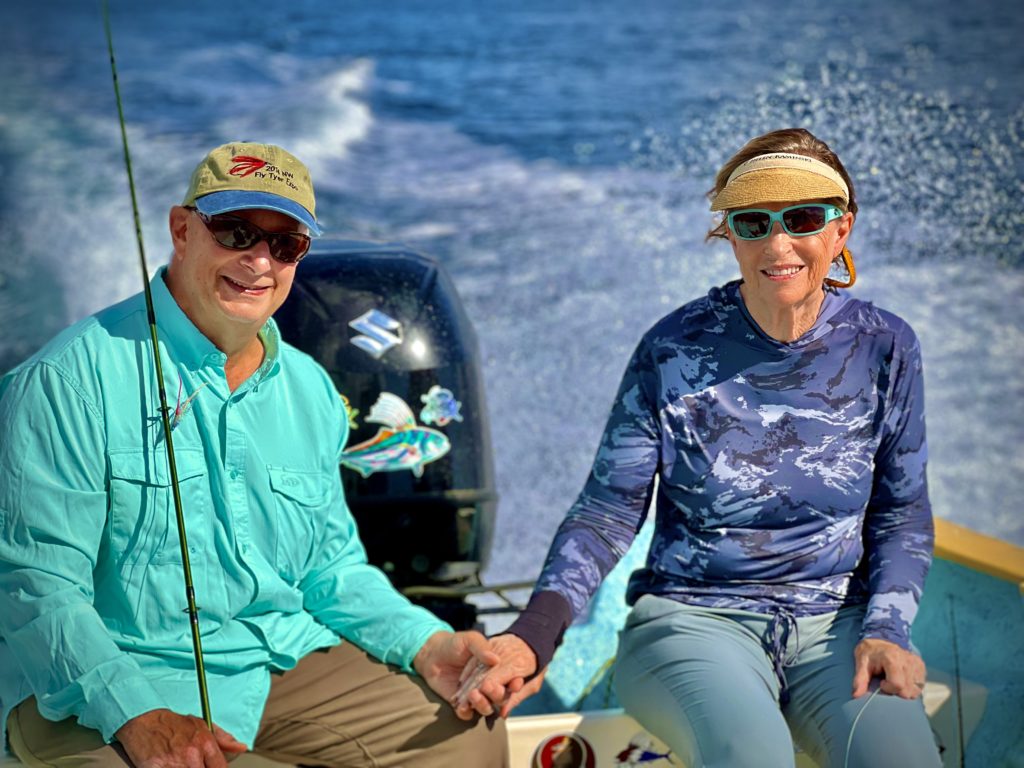

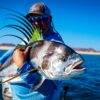

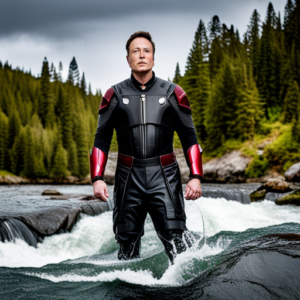
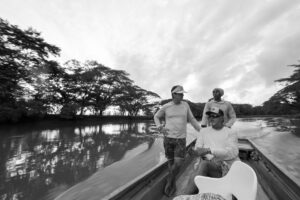

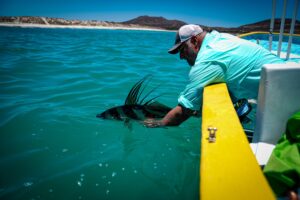
Leave a reply